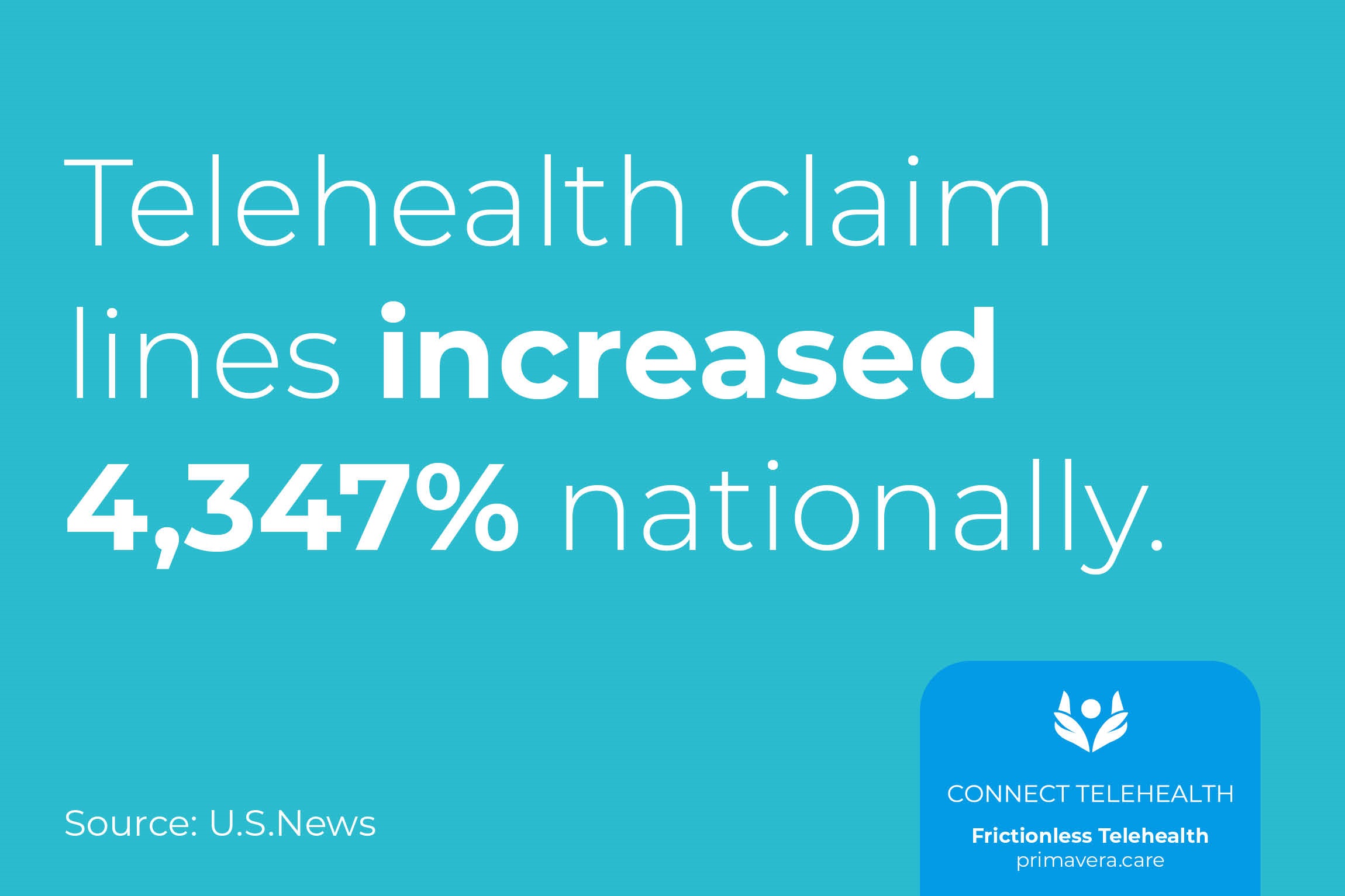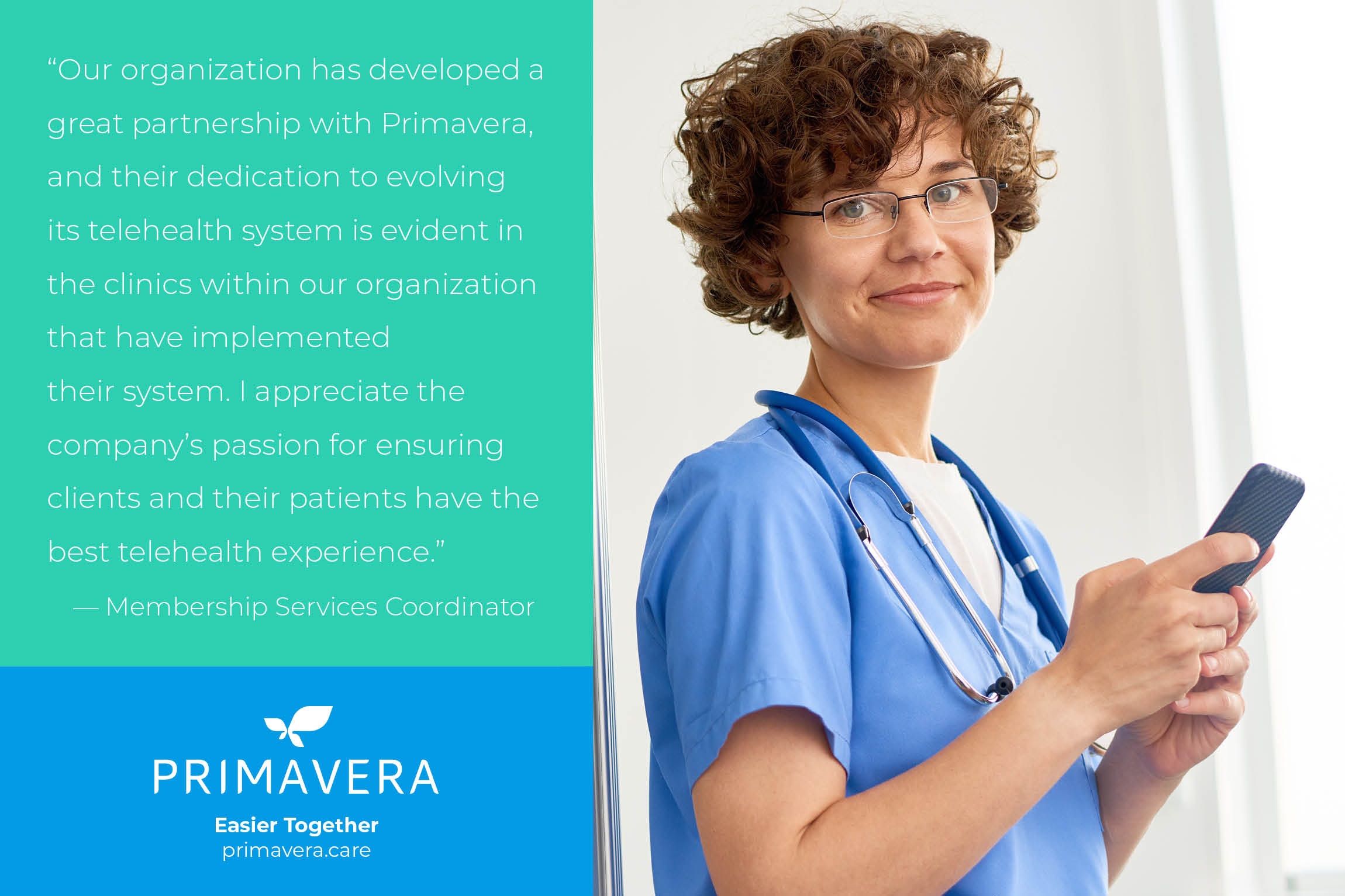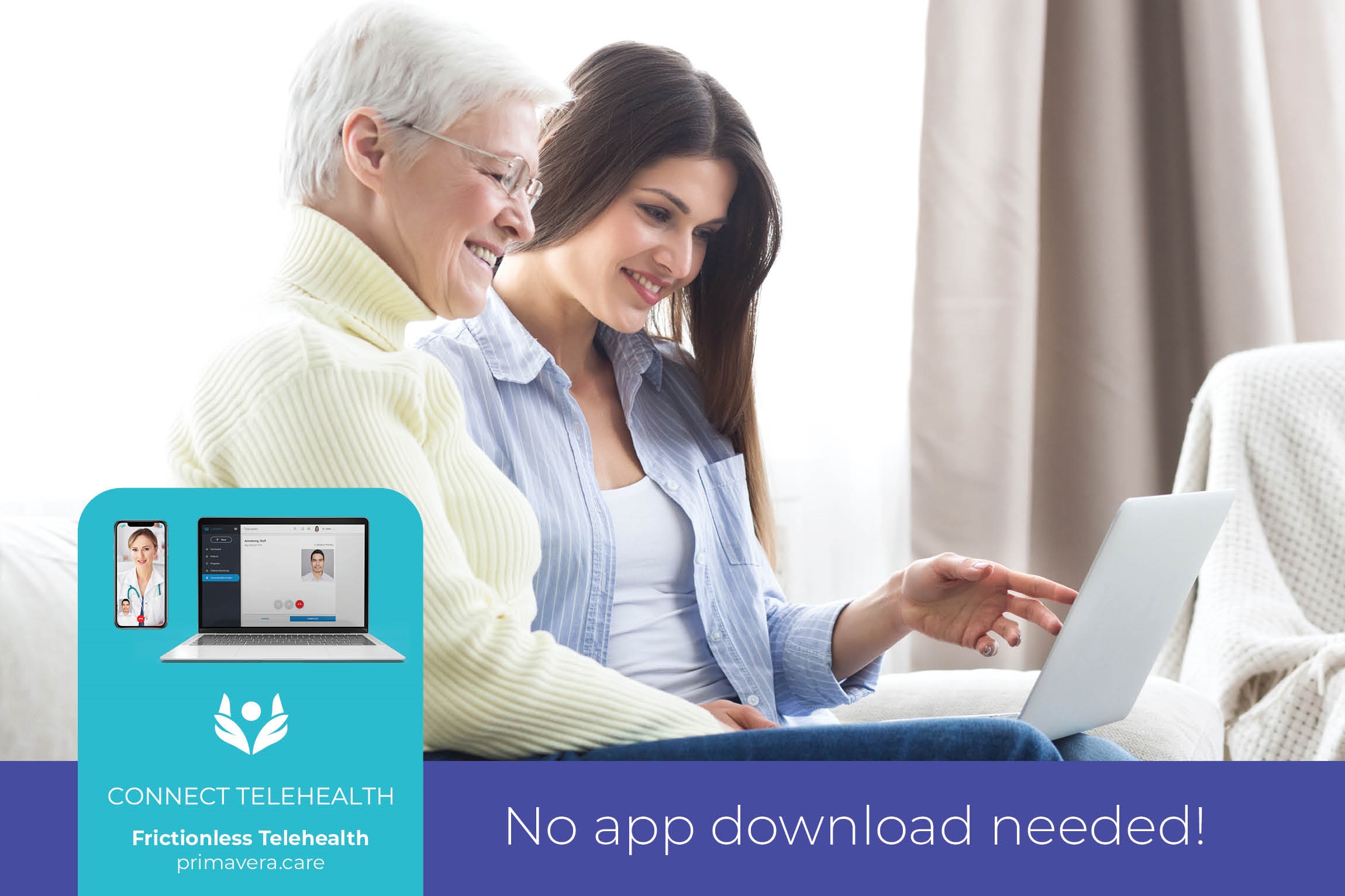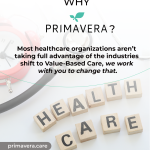Many industries have scrambled to become remotely accessible since Covid-19 entered the picture and demanded a renewed push to integrate technology into our daily routines in new ways. This is not just for our social and work lives, but for our healthcare.
So what does post Covid-19 Telemedicine look like? Is it practical? And does it support personalized care?
What has changed with telemedicine pre-Covid-19 to now?
Let’s talk about supply and demand. Social distancing practices created the need for alternatives to in-office visits. Pre-pandemic, Telemedicine existed as a fringe option, often unsupported because of the way it was being reimbursed.
Telehealth claims in the Southeast grew 6038.5% from April 2019 to April 2020 with the bulk of the increase happening during stay-at-home orders, and claim lines have increased 4,347% nationally as of March 2020.
Often, services in the healthcare field are influenced by legislation; now, demand is forcing legislations to adapt and support the rising wave of need for Telehealth.
Which Practitioners are Using Telemedicine?
Everyone from dentists, to therapists, to specialists like cardiologists and endocrinologists have made their expertise available via Telemedicine.
Physical therapists use it to coach patients on proper form for their prescribed exercises. Psychologists use it to continue communicating with their patients. Even general practitioners and primary care physicians whose offices had no virtual practices in place have invited their patients to join new virtual healthcare programs.
Why should I Try it? Will I still Receive Quality Care?
High-risk patients like the elderly will benefit greatly from Telemedicine. Consider how eliminating transportation and waiting rooms alone reduces the risk of exposure for patients with low-immunity or mobility restrictions.
Virtual care doesn’t just benefit special populations, it helps families by saving them on childcare or taking a half-day off work in financially-tight times, and even extends to non-profit clinics where Telehealth programs consistently reduce patient wait times and increase access to health services for the underprivileged in need of care.
The more Telehealth is integrated, the more obvious it becomes that convenience contributes to general health and wellness in a way that hasn’t really been considered before now.
For doctors and practitioners, Telemedicine and virtual care enable them to see more patients in a day, and promotes the safety of their medical staff; less cleaning of the office, less sick patients coming into contact with one another, and a decrease in the spreading of germs.
Frictionless Telehealth
Healthcare facilities will always need physical locations. Telemedicine can’t completely replace the need for in-person physical care but by bringing greater access to these new lines of communication, a smarter approach to patient care can emerge and access to care can evolve.
Think back on your own personal history of medical visits. How often did you spend hours waiting in a crowded lobby retracing the puzzles in Highlights magazine, or reading People from 2007? Patrick Dempsey will always be 2007’s, “Star of the Year”, but reading about Dr. Mc Dreamy while waiting hours to see your own Doctor – only to leave after a 4-minute visit with a prescription note – no longer needs to be reality.
Increasing and supporting virtual and remote practices will lead to a frictionless Telehealth system that benefits both patients and practitioners.
Why Have Doctors Resisted Telemedicine before Now?
Short answer? They may not have been.
A lot of patients have been asking for access to Telemedicine for years, and many doctors were already acknowledging the benefits of reducing risk to infected patients while increasing communication and building relationships with all patients in their care.
So what was the hang up? Legislation and Insurance coverage.
In 1997, Telehealth became officially recognized as reimbursable but only in particular circumstances for extremely rural patients. Even then, the patient had to drive to the nearest clinic and receive Telehealthcare in a professional space to be eligible for reimbursement.
2019 saw an increase in accessibility to Telemedicine for the Medicare population but to put this in perspective, just last year, less than 1 in 10 Americans were even using Telehealth services and now policies and practitioners are struggling to adapt.
The New Healthcare Technology: Building a Better System
Just like the rise of social media in the mid 2000s, there will be many new Telehealth platforms making their market debut in the coming months. Here’s what you should be looking for:
- A system made specifically for healthcare
- Easy-to-use for patients of all ages and abilities. No downloads required
- A predictive system that is integrated with the rest of your patient care
Primavera is an easy to use, secure Healthcare Technology built by professionals in the Healthcare industry. Primavera combines a variety of services from care coordination; transportation arrangement, and intuitive case management. The platform is easy to use for patients, as simple as FaceTime, and requires no external apps.
The goal is to make patient care Easier Together through an all-encompassing Telehealth Suite with advanced data metrics that help you prioritize and communicate within your practice.
Don’t hesitate to embrace this new wave of accessibility and evolution in patient care. Schedule a demo today!












Recent Comments